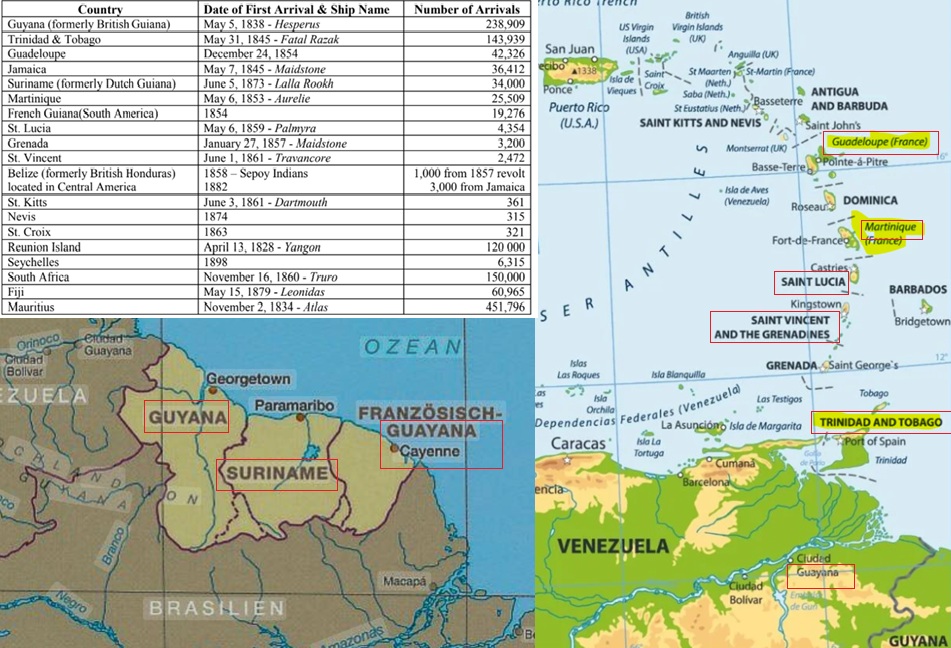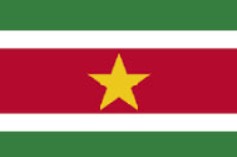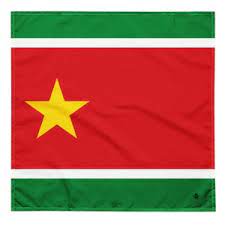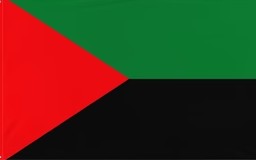
Caraibes
The Global Indian Organisation (GIO) in the Caribbean: The Indian presence in the Caribbean is one of the most significant legacies of 19th-century migration. After emancipation, colonial plantation economies faced severe labor shortages, particularly in sugar production. Between the mid-1800s and early 1900s, thousands of Indians were brought to the Caribbean, leaving a deep cultural imprint across the region.
While the largest Indian-descended populations today are in Trinidad and Tobago, Guyana, and Suriname, smaller but notable communities also exist in the French overseas territories of Martinique, Guadeloupe, and French Guiana (Guyane).
Arrival of Indians in the French Caribbean:In the French colonies of the Caribbean: Martinique, Guadeloupe, and French Guiana (Guyane),the importation of Indian workers began in 1853, following Britain’s earlier use of Indian indentured labor in colonies like Mauritius and Trinidad. Ships transported mainly South Indian laborers, especially from Tamil Nadu and Pondicherry, the latter being a French colonial enclave in India.
The Global Indian Organisation (GIO) can indeed play an important role between India and the Caribbean by connecting history, culture, and development goals. Here are some ways it could serve the global Indian diaspora:
1. Cultural Preservation and Exchange
Promote shared heritage: Organize Indo-Caribbean cultural festivals in India and vice versa, showcasing music, cuisine, language, and religion that evolved in the Caribbean.
Heritage documentation: Fund research, oral history projects, and digital archives of all the historical documents to preserve the stories of indentured Indians in Martinique, Guadeloupe, Guyane, Trinidad, Suriname, and beyond.
2. Educational & Academic Links
Scholarships and exchange programs: Create educational scholarships for Indo-Caribbean students to study in India, particularly in history, culture, and technology.
Research collaborations: Encourage joint studies between Indian and Caribbean universities on migration, diaspora history, and cultural hybridity.
3. Economic & Business Cooperation
Trade bridge: Facilitate business partnerships between India and Caribbean nations, especially in tourism, agriculture, IT, renewable energy, trade missions and startup incubators.
Diaspora entrepreneurship: Help Indo-Caribbean entrepreneurs connect with Indian markets and investment opportunities.
4. Youth and Next-Generation Engagement
Leadership programs: Build youth leadership networks that connect Indo-Caribbean young people with their peers in India and other diaspora hubs.
Digital storytelling: Launch online platforms where young people can share identity journeys and cultural projects.
5. Spiritual & Linguistic Revival
Promote Indian languages: Support revival of Bhojpuri, Tamil, and Hindi among diaspora communities, while respecting their unique Creole blends.
Religious links: Facilitate cultural exchanges with temples and organizations in India, strengthening Hindu, Muslim, and other faith traditions that Indo-Caribbeans inherited.
Cultural Curriculum: Develop diaspora history modules for schools in Caribbean countries with significant Indian populations.
6. Political and Diplomatic Advocacy
Diaspora Representation: Ensure Indo-Caribbean communities are recognized in global diaspora forums.
Bridge Diplomacy: Organize India–Caribbean summits focused on diaspora collaboration in policy, trade, and cultural diplomacy.
Conclusion By implementing these strategies, the Global Indian Organisation can serve as a living bridge between India and the Caribbean, ensuring the diaspora’s history informs its future while building opportunities across generations.

Trinidad & Tobago

Surinam

Guyuna

Guadeloupe

